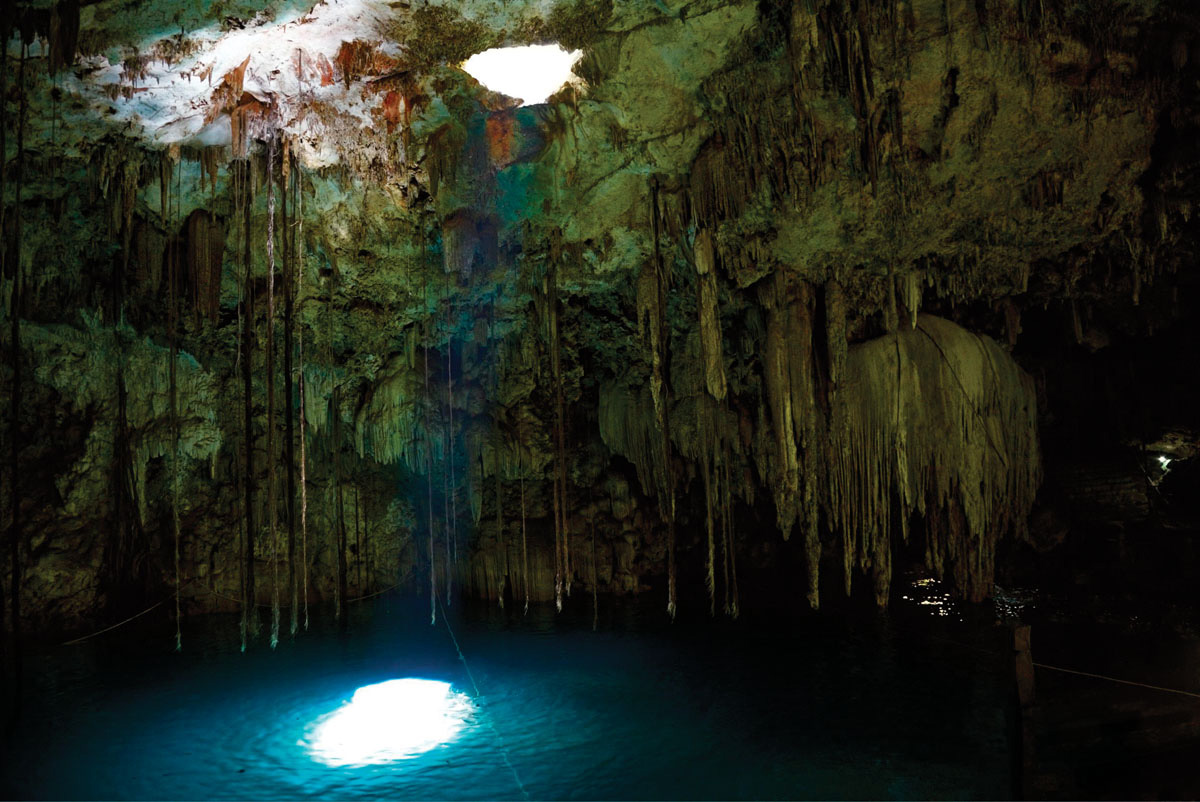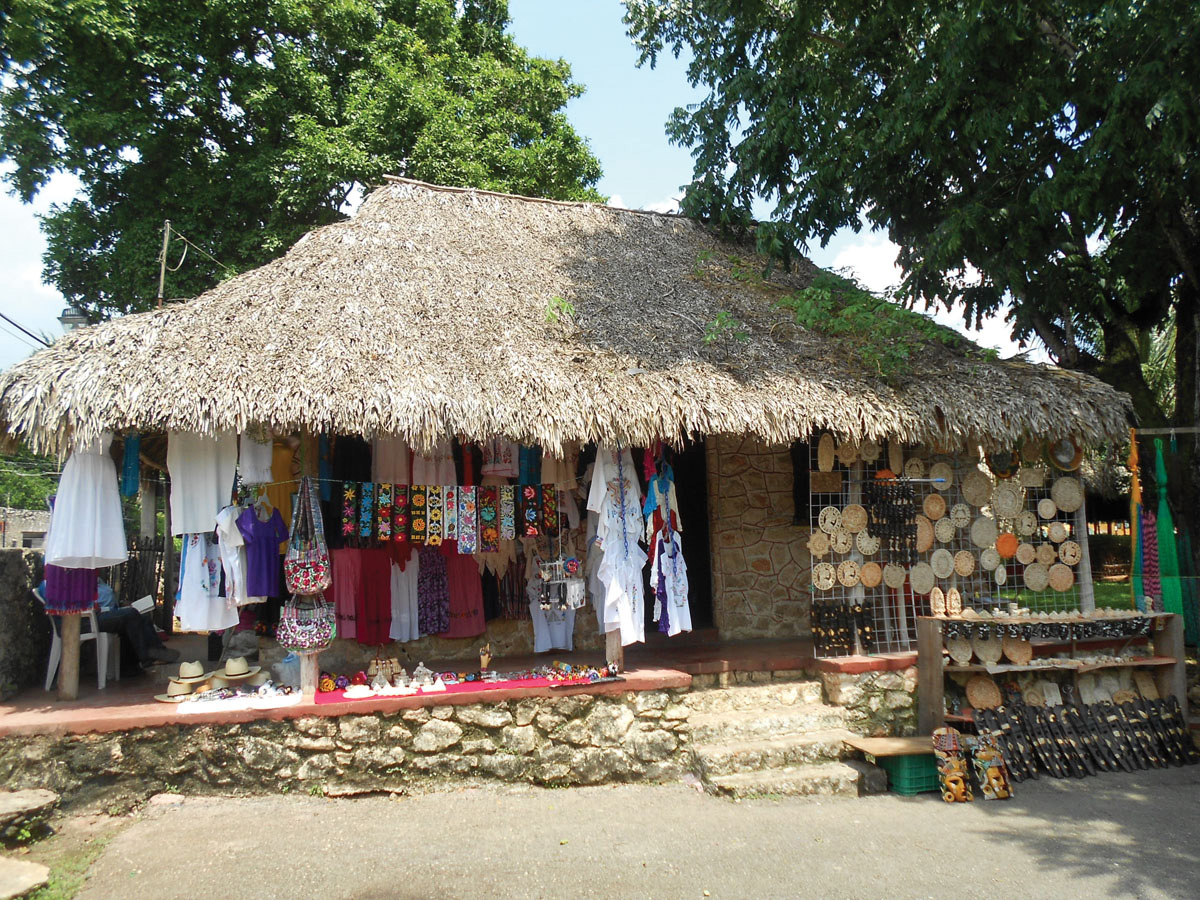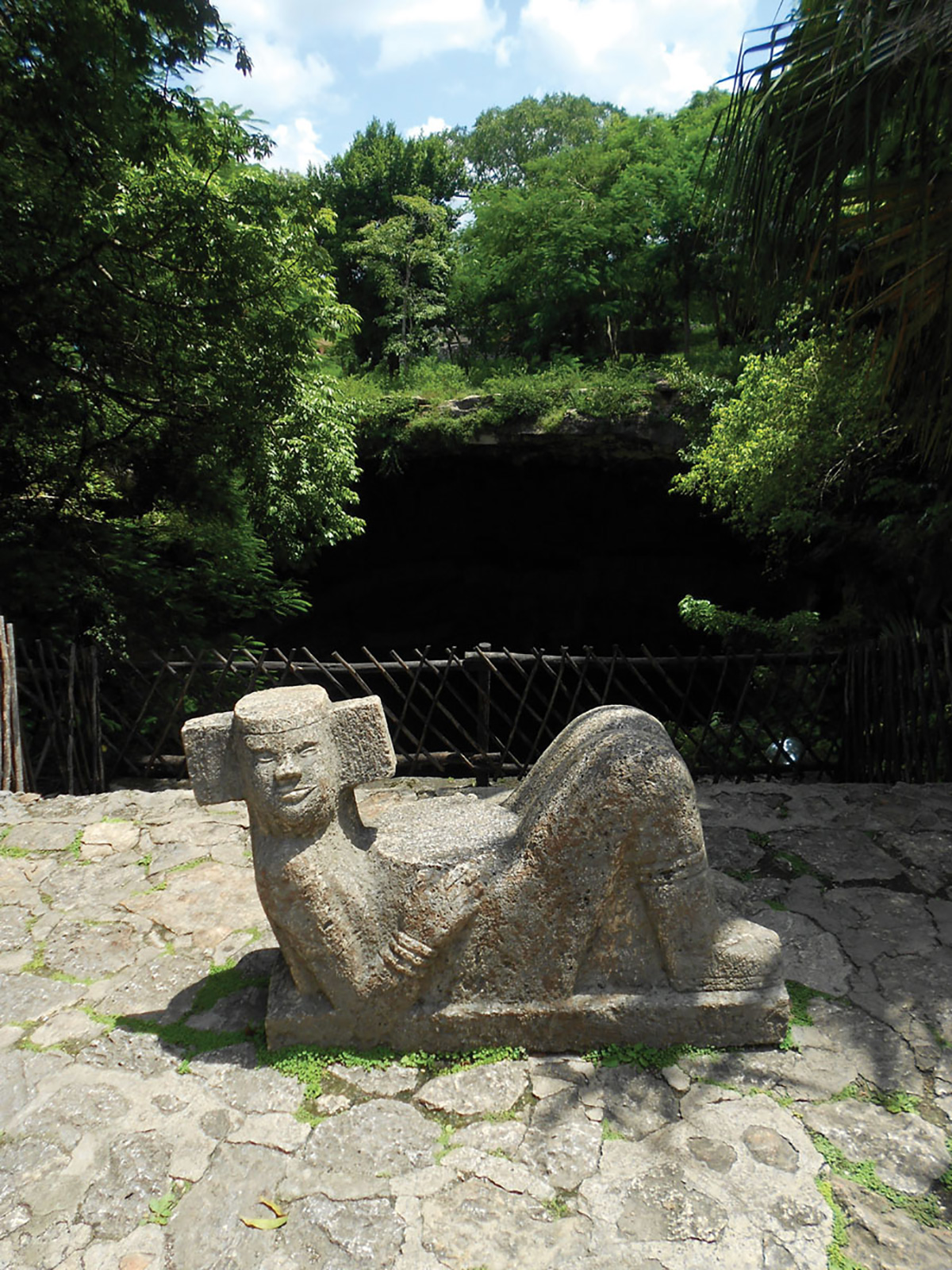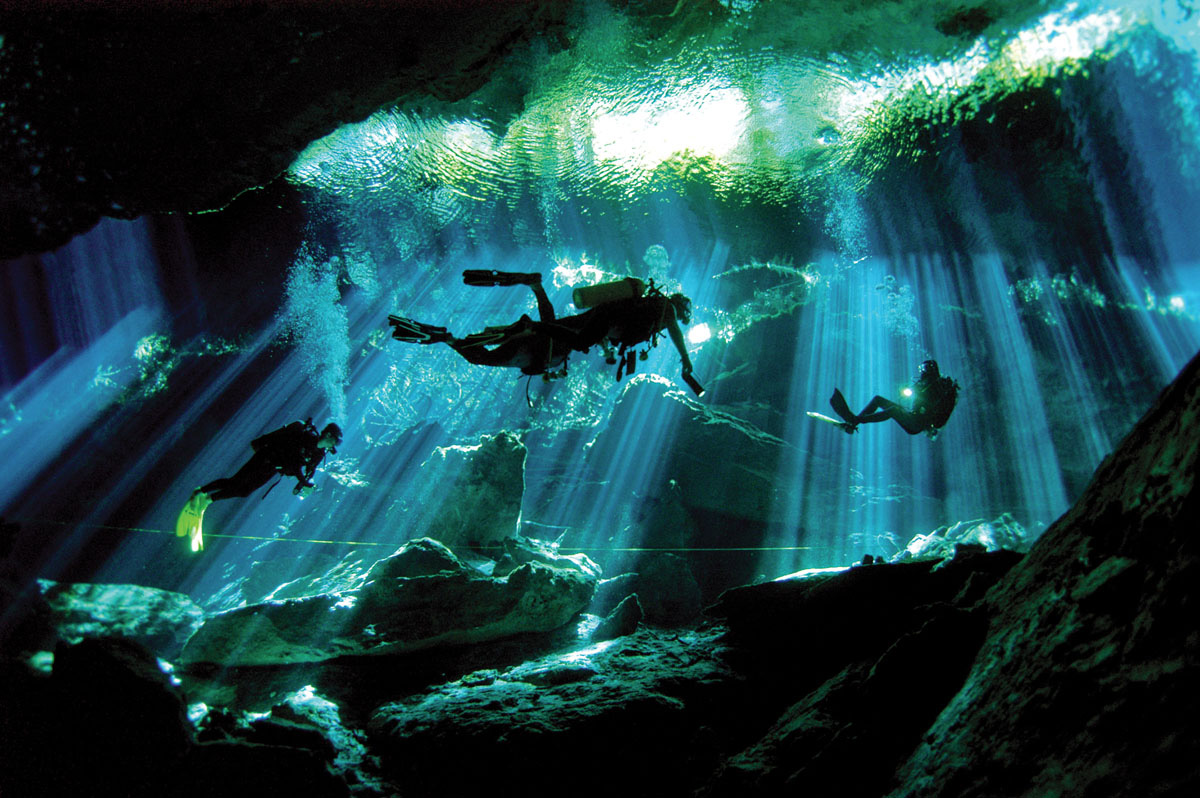 As the hype and fuss over Dec. 21, 2012 — the last date listed on the Mayan Calendar (and for some Doomsday) — arrives but an exhale away, what better place to venture to than the heart of this ancient civilization: the Yucatan Peninsula in Mexico. Disclaimer: Archeologists and scientists alike have downplayed the frenzy over the end of days stating the calendar isn’t really ending; simply a new cycle begins, and in fact, for many it shouldn’t be cause for fear and concern, but something to celebrate.
As the hype and fuss over Dec. 21, 2012 — the last date listed on the Mayan Calendar (and for some Doomsday) — arrives but an exhale away, what better place to venture to than the heart of this ancient civilization: the Yucatan Peninsula in Mexico. Disclaimer: Archeologists and scientists alike have downplayed the frenzy over the end of days stating the calendar isn’t really ending; simply a new cycle begins, and in fact, for many it shouldn’t be cause for fear and concern, but something to celebrate.
So dust off those blue convers and ready the satchel; the plane descends onto Cancun and about an hour’s drive later: Hello Valladolid Yucatan! The drive to this historical town from Cancun consists of an unpaved one-way road with a scenic view of wild tropical foliage and the occasional (as in every 10 miles) rustic roadside pop-up stand selling everything from homemade ice cream, (note: the coconut and avocado flavors are incredible) to a numerous selection of tropical fruit doused in chile, creating a surreal explosion of confusing flavors.
 For those readers not familiar with Yucatan, it includes parts of Mexico, and neighboring countries Belize and Guatemala. Cradled by the Gulf of Mexico and the Caribbean Sea, it features 700 miles of coastland, along with vast jungle reserves. Plus, it’s populated by a culture just as rich as its many spices including Mayans, Mestizos and Mullatos. In the north, you’ll find the climate to be mostly hot and dry while the southern sector is cool and tropical. This is the region of Mexico with the most convergence of archeological ruins thick in ancient history like the 7th modern wonder of the world, Chichén Itzá as well as Xcalak, the pyramids of Calakmul, Dzibilchaltun in Merida, Uxmal, and the grandeur of Mayapan. But to these parts we venture not to delve into the mythology of the archeological treasures found here, but to discover another incredible sight native only to Mexico: The largest concentration of cenotes in the world situated between Quintana Roo and the Yucatan Peninsula. If you’re not sure what a cenote is, it’s an aquifer sinkhole forged by Mother Nature from the collapse of limestone bedrock in the form of caves that connect to subterranean water bodies.
For those readers not familiar with Yucatan, it includes parts of Mexico, and neighboring countries Belize and Guatemala. Cradled by the Gulf of Mexico and the Caribbean Sea, it features 700 miles of coastland, along with vast jungle reserves. Plus, it’s populated by a culture just as rich as its many spices including Mayans, Mestizos and Mullatos. In the north, you’ll find the climate to be mostly hot and dry while the southern sector is cool and tropical. This is the region of Mexico with the most convergence of archeological ruins thick in ancient history like the 7th modern wonder of the world, Chichén Itzá as well as Xcalak, the pyramids of Calakmul, Dzibilchaltun in Merida, Uxmal, and the grandeur of Mayapan. But to these parts we venture not to delve into the mythology of the archeological treasures found here, but to discover another incredible sight native only to Mexico: The largest concentration of cenotes in the world situated between Quintana Roo and the Yucatan Peninsula. If you’re not sure what a cenote is, it’s an aquifer sinkhole forged by Mother Nature from the collapse of limestone bedrock in the form of caves that connect to subterranean water bodies.
The pulse of the picturesque Spanish colonialized city known as Valladolid, home to our first stop, Zaci Cenote, is Francisco Canton Rosario Square. The cobblestone streets with dainty storefronts aligned with colorful paper machete banners welcome visitors who all seem to coalesce at the center of the plaza. The park with its guava-hued posts encasing lush trees and cozy benches allows locals to gather and exchange pleasantries.
 From here, Zaci Cenote is but a 10-minute drive through a rural road and more wildwood-like surroundings. A limestone building with thatched roof and a clothesline set-up where artisanal souvenirs dangle from is the sort of welcome committee that alerts you that you’ve arrived at the aquifer. By far one of the most beautiful sights to come upon is Zaci. Mother Nature in all her glory! Native greenery embraces this vast stone and fresh water grotto of deep cobalt-blue. Many who travel to Zaci take the opportunity to go diving in the cavern in hopes of spotting an incredibly rare black fish without eyes that’s native to this area and goes by the name of the lob-fish.
From here, Zaci Cenote is but a 10-minute drive through a rural road and more wildwood-like surroundings. A limestone building with thatched roof and a clothesline set-up where artisanal souvenirs dangle from is the sort of welcome committee that alerts you that you’ve arrived at the aquifer. By far one of the most beautiful sights to come upon is Zaci. Mother Nature in all her glory! Native greenery embraces this vast stone and fresh water grotto of deep cobalt-blue. Many who travel to Zaci take the opportunity to go diving in the cavern in hopes of spotting an incredibly rare black fish without eyes that’s native to this area and goes by the name of the lob-fish.
From Zaci, we move onto the next cenote about a 20-minute drive away: Xkekén in the town of Dzitnup. The Yucatan Peninsula has over 3,000 aquifers, all underground freshwater caverns of porous rock with twist and turns that for the novice diver can be quite treacherous. Although there are thousands of these cenotes, only about half have been documented. The Mayans believed these wells led to the underworld, and immersing yourself in them was a form of purification.
 While the entrance for Zaci appears to cater more to tourism Xkekén is a bit more hidden away. In contrast to the first well, where you walk up winding rock steps to a small precipice that looks down onto the sinkhole; in the case of Xkekén you take steps down into what initially appears to be a cold dark dungeon until you come upon the sight.
While the entrance for Zaci appears to cater more to tourism Xkekén is a bit more hidden away. In contrast to the first well, where you walk up winding rock steps to a small precipice that looks down onto the sinkhole; in the case of Xkekén you take steps down into what initially appears to be a cold dark dungeon until you come upon the sight.
Let me repeat that for emphasis: The sight. And my heavens, what a sight it is! It will take your breath away. Once you walk down via a cramped rock enclosed pathway to what feels like the end of the Earth you arrive at the grotto.
Entering this spacious subterranean area illuminated by strategically placed pink and baby-blue lights, you’ll witness the most impressive oculi at the top of the cave which shines a spotlight of bursting sunlight onto the cool water creating a cascade of shimmer and what appears to be flecks of gold dust. This is a place that would be futile to describe. It is one that needs to be experienced to really capture its magnitude, whether the apocalypse is upon us or not.











